Why Trump’s Statement Matters
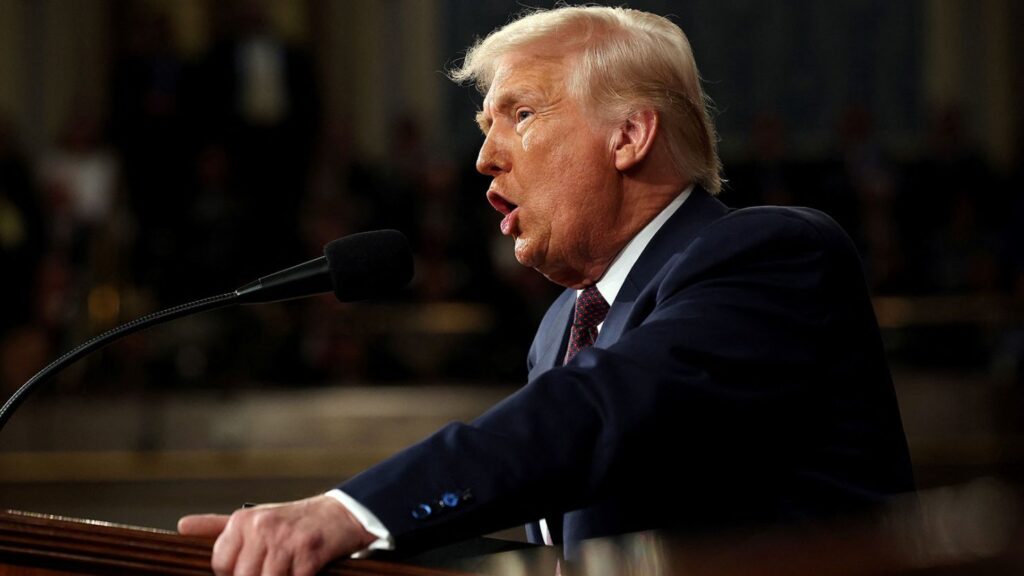
U.S. Air Support in Ukraine – The Russia-Ukraine war, now in its third year, remains one of the most pressing geopolitical crises of the century. Millions have been displaced, energy markets have been disrupted, and NATO allies continue to face mounting challenges.
This week, Donald Trump signaled that the United States might provide air support as part of a Ukraine peace deal—a remark that has sparked widespread debate.
While Trump ruled out sending U.S. troops on the ground, his suggestion of aerial military involvement raises major questions about American foreign policy, NATO’s role, and the prospects of peace with Russia.
What Does “U.S. Air Support” Really Mean?
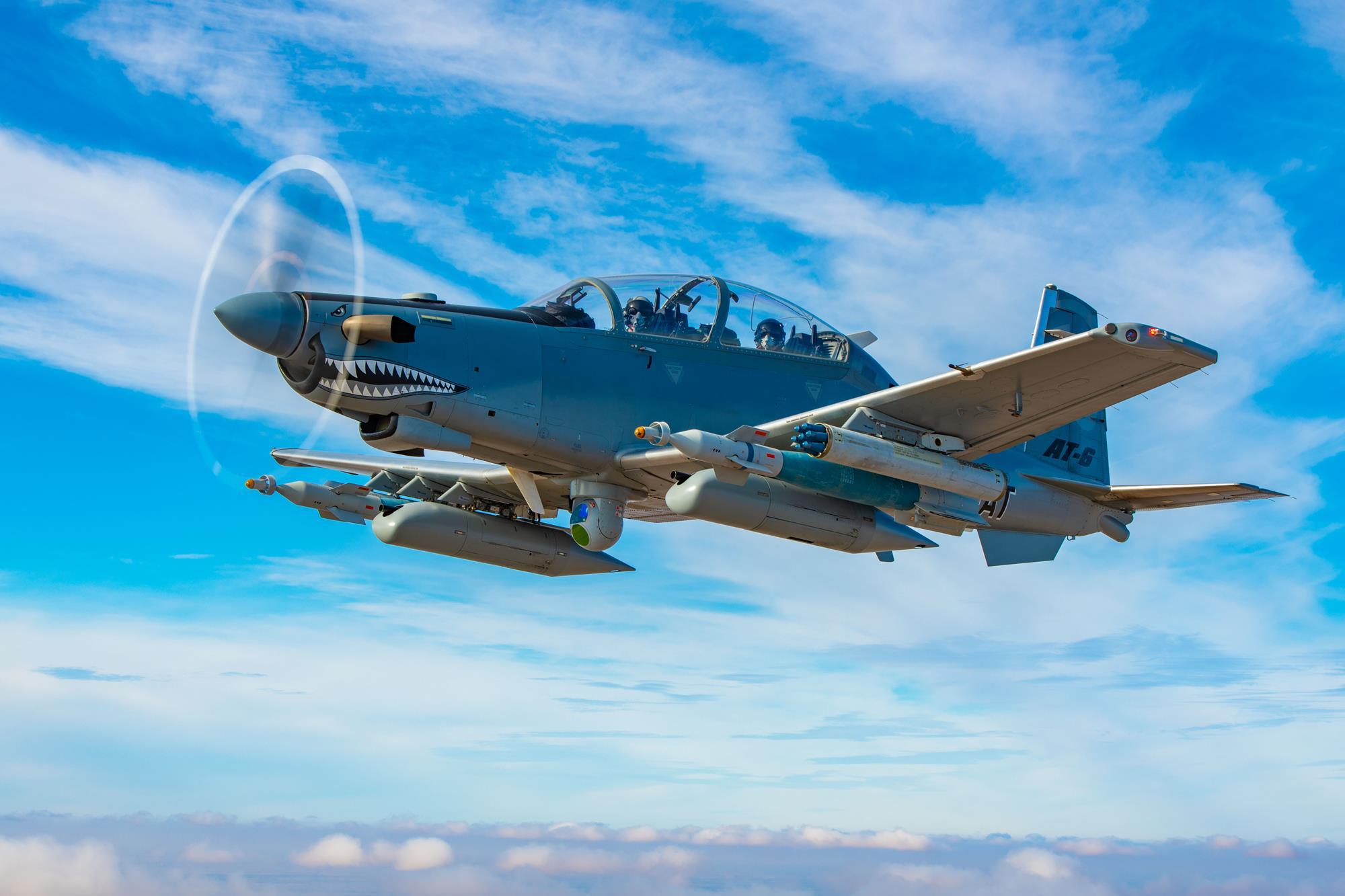
Trump’s comments were vague, leaving experts to speculate. Air support could take several forms:
- Missile Defense Systems: Deployment of Patriot or NASAMS batteries to shield Ukrainian cities.
- Fighter Jet Assistance: Supplying or even flying U.S. aircraft to enforce a no-fly zone over Ukraine.
- Surveillance and Intelligence: Using drones, satellites, and AWACS planes to track Russian operations.
- Strategic Bombing Support: Less likely, but it could involve limited strikes against Russian positions if negotiations fail.
Each option carries different risks—ranging from purely defensive measures to actions that could lead to direct confrontation with Russia.
NATO and European Allies A Divided Front
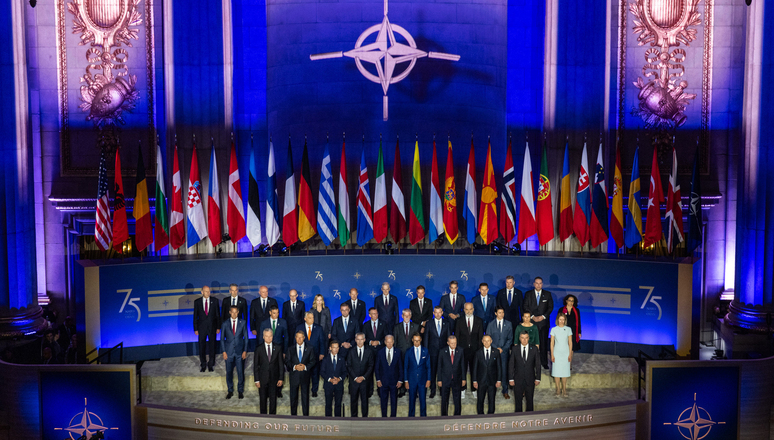
While Trump suggested that Europeans are “willing to put troops on the ground,” NATO nations remain divided.
- Eastern Europe (Poland, Baltic States): Strongly supportive of tougher action, fearing Russian expansion.
- Western Europe (Germany, France, Italy): Prefer a diplomatic path, wary of escalation and economic fallout.
- Hungary: Maintains close ties with Russia, making Budapest a controversial potential venue for peace talks.
This division complicates any attempt at collective security guarantees. A U.S.-led air operation without NATO consensus could weaken alliance unity.
Ukraine’s Position Security Guarantees Above All
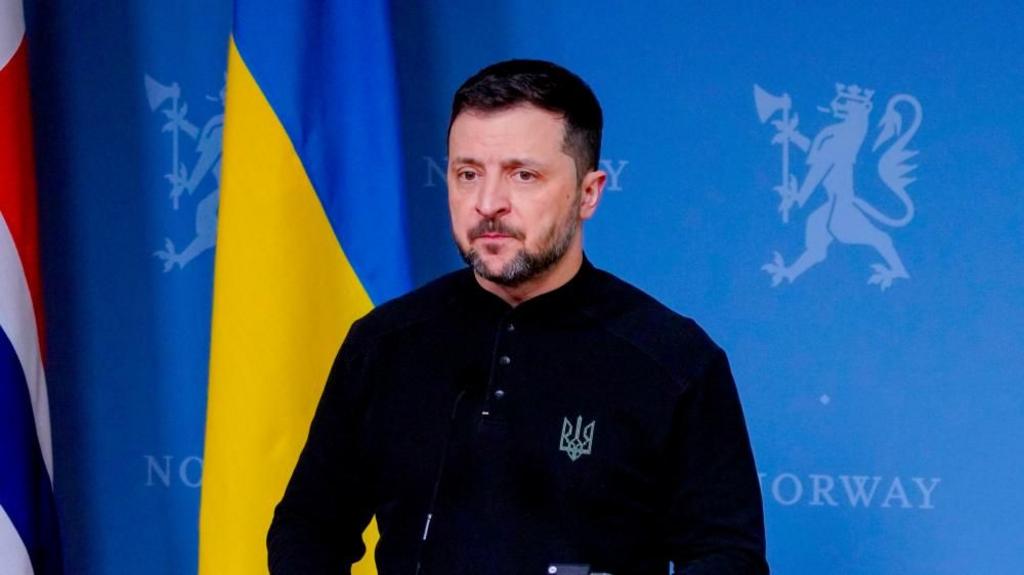
For President Volodymyr Zelensky, security guarantees remain non-negotiable. Ukraine is demanding:
- Permanent U.S. and NATO backing against future Russian aggression.
- Modern air defense systems and fighter aircraft to secure its skies.
- Assurances that sanctions will remain until Russian troops fully withdraw.
While Zelensky welcomed Trump’s talks as a “major step forward,” Ukraine remains cautious about potential pressure to concede territory.
Russia’s Likely Reaction
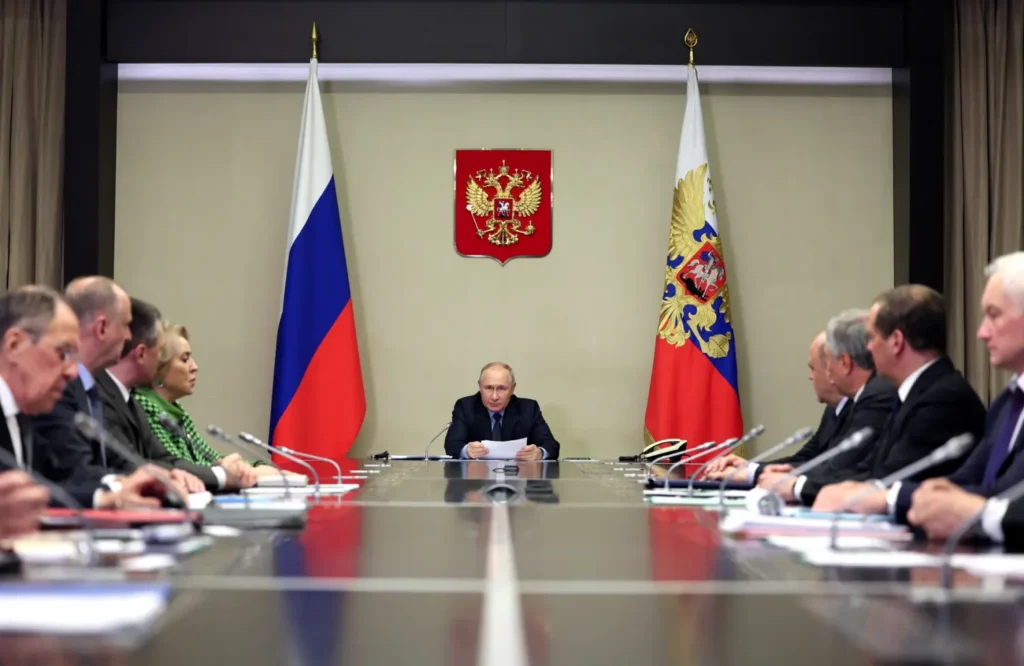
Moscow strongly opposes any NATO presence in Ukraine and regards U.S. military aid as escalatory.
- Putin’s Leverage: Russia insists on retaining occupied territories, including some it does not fully control.
- Propaganda Advantage: Russian state media portrays U.S. air support as proof of NATO aggression.
- Peace Talks Stalling: Russia may prolong negotiations to avoid blame while continuing its offensive operations.
The risk is clear: U.S. air support could bolster Ukraine militarily but reduce Russia’s incentive to negotiate.
Trump’s Negotiation Style “Instinct Over Process”
Trump described his diplomatic approach as “probably instinct more than process.” Critics argue this unpredictability could:
- Pressure both sides into talks quickly.
- Or backfire, resulting in unstable negotiations prone to collapse.
Unlike traditional diplomacy, Trump’s strategy focuses on personal deals with leaders like Putin and Zelensky, rather than structured multilateral frameworks.
The Global Implications of U.S. Air Support in Ukraine
If the United States commits to aerial involvement, the consequences will extend far beyond Eastern Europe:
- Energy Markets: Increased volatility in global oil and gas prices.
- China’s Position: Beijing could strengthen its ties with Moscow in response to U.S. escalation.
- Defense Spending: Billions of dollars in U.S. taxpayer funding would be required for sustained operations.
- Global Security: Other flashpoints—such as Taiwan or the Middle East—may shift depending on Washington’s focus on Ukraine.
Expert Analysis Is U.S. Air Support in Ukraine or Escalation?
Analysts remain divided:
- Proponents argue U.S. air support could deter Russia and accelerate peace negotiations.
- Skeptics warn it risks direct NATO-Russia confrontation, with catastrophic consequences.
Neil Melvin of the Royal United Services Institute noted:
“They’re all tiptoeing around Trump… his statements are so vague it’s hard to take them seriously.”
This uncertainty leaves the world questioning whether U.S. involvement would stabilize the conflict—or escalate it further.
Also Visit: Israel Blocks Gaza Aid Groups Amid Rising Starvation Crisis
Conclusion U.S. Air Support in Ukraine
Trump’s remarks about U.S. air support in Ukraine highlight the fragile balance between peace and escalation. Without clear details, it is uncertain whether his approach will produce a breakthrough or deepen tensions.
What remains clear is that any U.S. role—whether in air defense systems, intelligence sharing, or a no-fly zone—will shape not only the future of the Russia-Ukraine war, but also the broader landscape of global security for years to come.

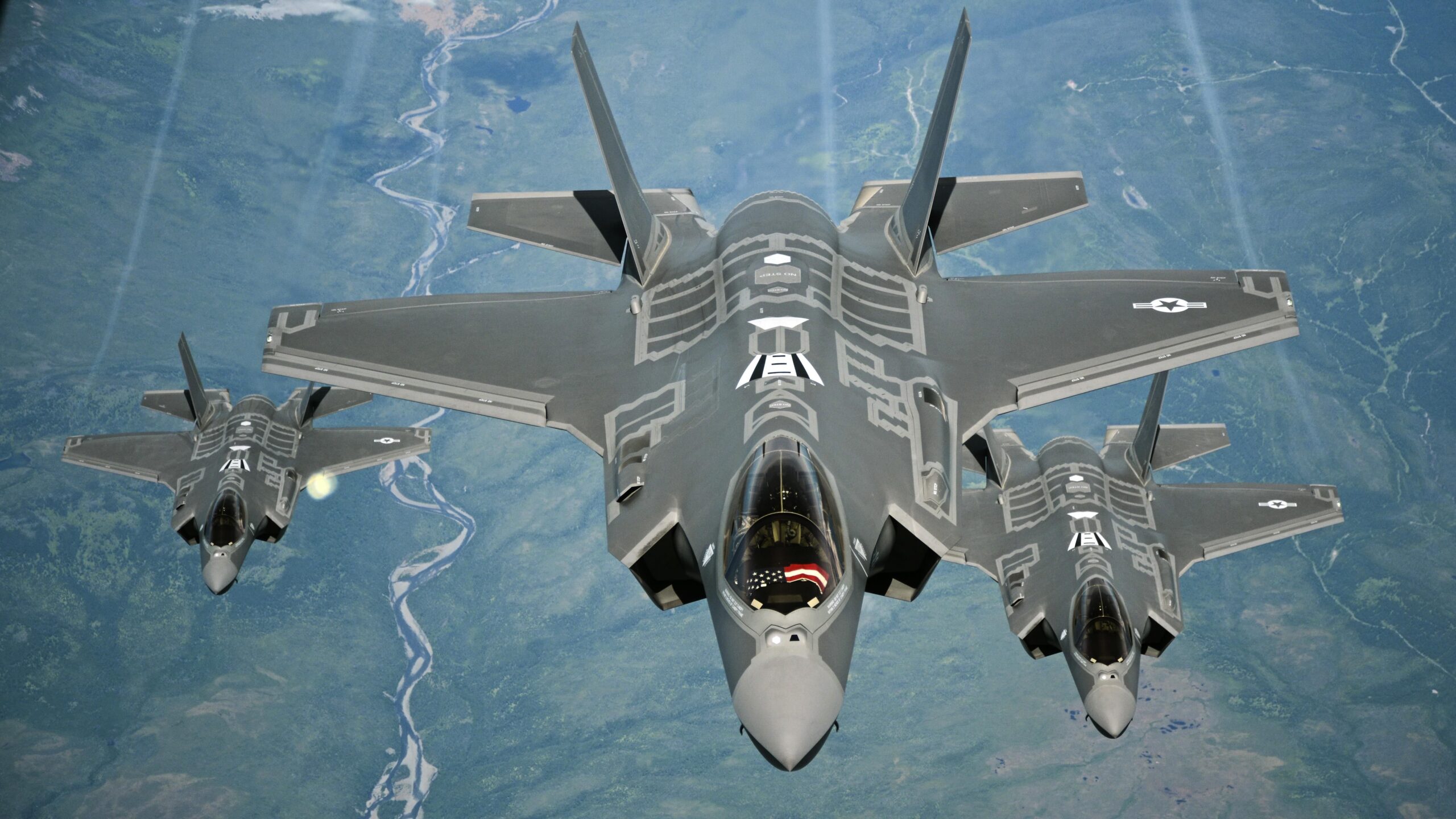



One thought on “Trump Weighs U.S. Air Support in Ukraine Peace Talks”